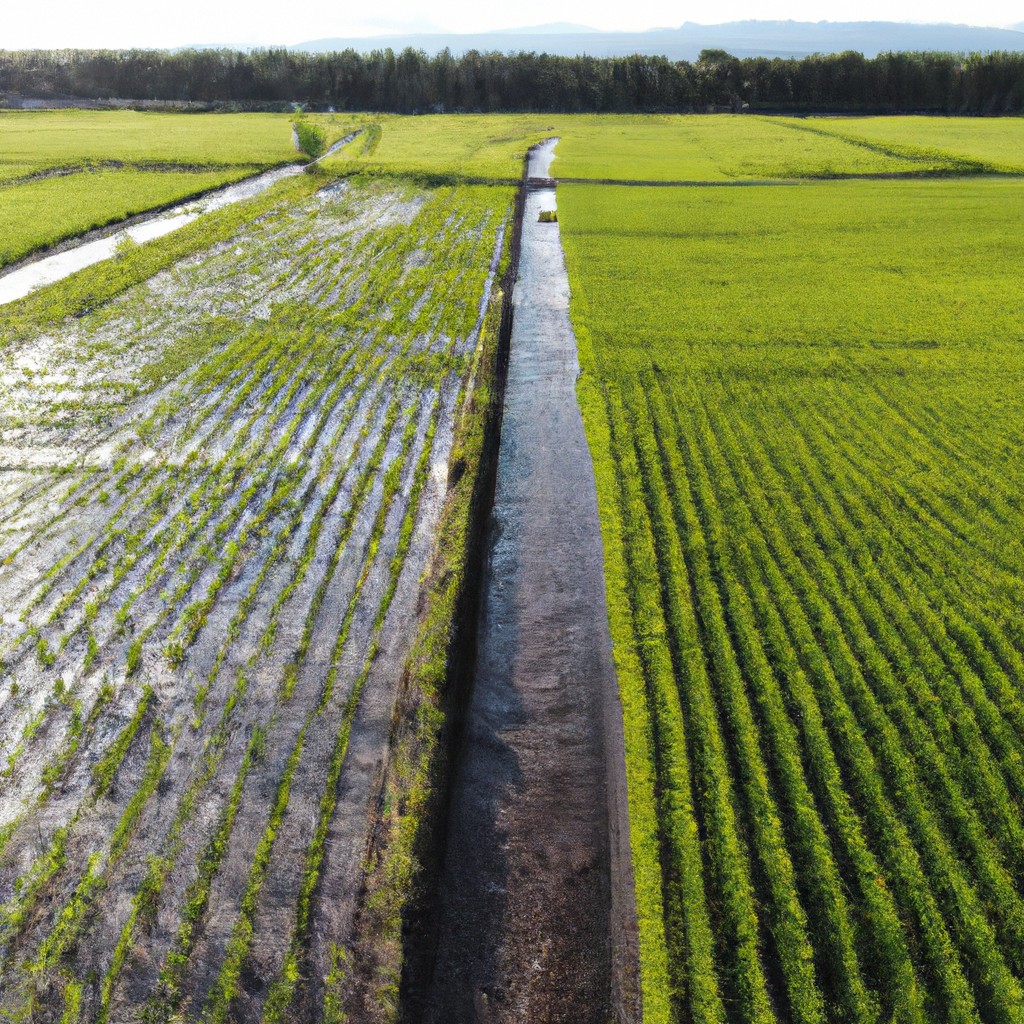In this article, you will learn the definition of commercial agriculture as it pertains to AP Human Geography and understand its implications on human settlements and land use.
Look Inside:
Definition of Commercial Agriculture in AP Human Geography

Commercial agriculture is a large-scale production of crops and livestock primarily for sale and distribution to larger markets. This type of farming operates with the goal of generating profit and employs advanced technological tools and machinery. It relies heavily on input of capital and less on labor relative to the volume produced. The farms are usually expansive, focusing on monocultures or the intensive rearing of a single type of livestock. Key players in this field often control multiple stages of the supply chain, from production all the way to retail. In AP Human Geography, commercial agriculture is seen as a pivotal topic when examining economic development, food systems, and rural geography.
Characteristics of Commercial Agriculture
Commercial agriculture is defined by large-scale operations focused on the mass production of crops and livestock for sale. These farms often utilize advanced technology and machinery to manage vast areas efficiently. The main goal is profitability, prioritizing market demands.
One key characteristic is the specialized production of one or a few types of crops or livestock. This specialization allows for efficiency improvements and, often, higher profit margins. Thanks to economies of scale, commercial farms can produce food products at a lower cost per unit compared to smaller-scale farms.
Diversification is limited in this farming model. Instead of rotating crops or maintaining a variety of crops and livestock, which is common in subsistence farming, a commercial farm might focus solely on the most profitable or demand-driven options.
Finally, commercial agriculture is heavily dependent on inputs such as fertilizers, pesticides, and irrigation systems, reflecting a significant investment in biotechnology and chemical aids to maximize yields and profits.
Impact On Regional Landscapes
Commercial agriculture significantly reshapes the landscapes of regions that participate in this mode of farming. Its role extends beyond merely altering the physical appearance of an area—it modifies the socio-economic fabric as well.
Large-scale operations typically require extensive land conversion, turning diverse ecosystems into vast monoculture fields. This transformation often involves deforestation, draining of wetlands, and other modifications that favor agricultural efficiency over ecological balance.
Economically, these regions may exhibit a surge in infrastructure development to support farming activities. Roads, storage facilities, and processing plants pop up, fundamentally changing small rural communities into bustling agro-centers.
Moreover, the cultural landscape shifts as traditional practices give way to mechanized farming techniques. Local knowledge and heritage can be sidelined in the wake of industrial agriculture’s spread, altering community identities and lifestyles significantly.
These changes underscore the deep impact commercial farming has, demonstrating a transformation that affects aspects from ecology to economy and culture in the regions it touches.
Comparison With Subsistence Farming
Commercial agriculture and subsistence farming differ drastically in their objectives and methods. Commercial agriculture focuses on mass production of crops and livestock for sale, often on a global scale, leveraging advanced technology, mechanization, and chemicals to boost outputs and profits. In contrast, subsistence farming aims to provide just enough food and resources for the farmer’s family, with little to no reliance on technology or external markets.
Where commercial farmers are playing the market game, looking to cash in on global demand, subsistence farmers are in it for self-sufficiency, producing a diverse range of crops that cater directly to their dietary needs and local conditions. This leads to a more integrated, sustainable lifestyle, closely tied to the rhythms of nature, unlike the large-scale, profit-driven approach of commercial agriculture.
Thus, while commercial agriculture thrives on economies of scale, subsistence farming sustains on intimate knowledge of local ecosystems and community-based support systems. The vast fields and monocultures of the former starkly contrast with the patchwork plots of varying crops seen in subsistence setups. This divergence not only highlights different agricultural techniques but also reflects varied cultural and economic frameworks within which these farming paradigms operate.
Environmental Implications
The shift towards large-scale commercial agriculture has significant environmental consequences. One major concern is the increased use of chemical fertilizers and pesticides, which boost crop yields but can also lead to water pollution and reduced soil fertility over time. This farming method often favors monocultures, the practice of growing a single type of crop over a wide area for consecutive years. While economically efficient, this lacks biodiversity, making ecosystems more vulnerable to diseases and pests.
Moreover, commercial agriculture contributes to deforestation as large plots of land are cleared to make way for cultivation. This not only destroys habitats but also plays a role in climate change, as trees that once absorbed carbon dioxide are removed. The heavy reliance on irrigation can lead to water shortages in already water-scarce areas, affecting local communities and natural habitats.
Farmers and industry stakeholders are increasingly adopting sustainable practices to mitigate some of these impacts, such as integrated pest management and organic farming. Such measures aim to balance productivity with environmental stewardship, although the transition can be challenging due to economic and logistical constraints.




